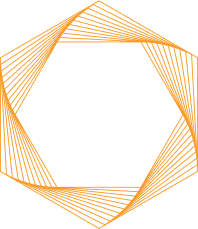Recent advances in autonomous robotics have expanded the potential for robots to work in challenging environments such as nuclear plants. The technology now includes devices that walk, roll, snake, crawl, swim, and fly, which reduces costs and worker exposure. We have decades of experience working in nuclear environments in Canada and abroad. We have developed, sourced, and integrated various innovative inspection technologies to effectively and safely inspect nuclear sites.
Insights
One of our robotic inspection technologies is SPOT, otherwise known as KANINE, a state-of-the-art robotic platform. This technology navigates obstacles with mobility and speed, is integrated with custom artificial intelligence tools to process visual data and can be integrated with customized radiological monitoring payloads. KANINE can help with radiological characterization, the performance of automated visual site inspections, 3D mapping of a radiological area, and simple manipulation tasks.
We also have the Calandria Relief Duct (CRD) toolset. This toolset is the first of its kind and is delivered through the Moderator Relief Duct Inspection Equipment (MORDIE). MORDIE delivers several modules to visually inspect, NDE scan, and take scrape samples of the calandria relief ducts. The CRD MORDIE toolset is one of the most complex tools in the nuclear industry today.
Our other inspection technologies include the Circumferential Wet Scrape Tool (CWEST*) and the Tiny Rotating Ultrasonic Tube Inspection Equipment (TRUSTIE). CWEST* employs a rotating cutting head driven by an electric motor to perform an oxide cut to remove unrepresentative material. This tool removes nuclear safety risks by reducing workers' dose rating and lowering maintenance and operation costs. Next, TRUSTIE is our high-resolution tool used for ultrasonic thin-walled, small-diameter tubing inspections. This tubing is found in CANDU steam generators and heat exchangers, making this tool a standout within the Canadian nuclear industry.
*CWEST not available for sale outside of Canada until after November 30, 2027.
Future Outlook
The three generations of robotic technology include advances in propulsion technologies, deployment of disposable robots for time-consuming tasks, and the combination of robotics, advanced manufacturing, and AI for data assessment and replacement. These developments have opened new opportunities for the industry to operate more efficiently and safely.
















